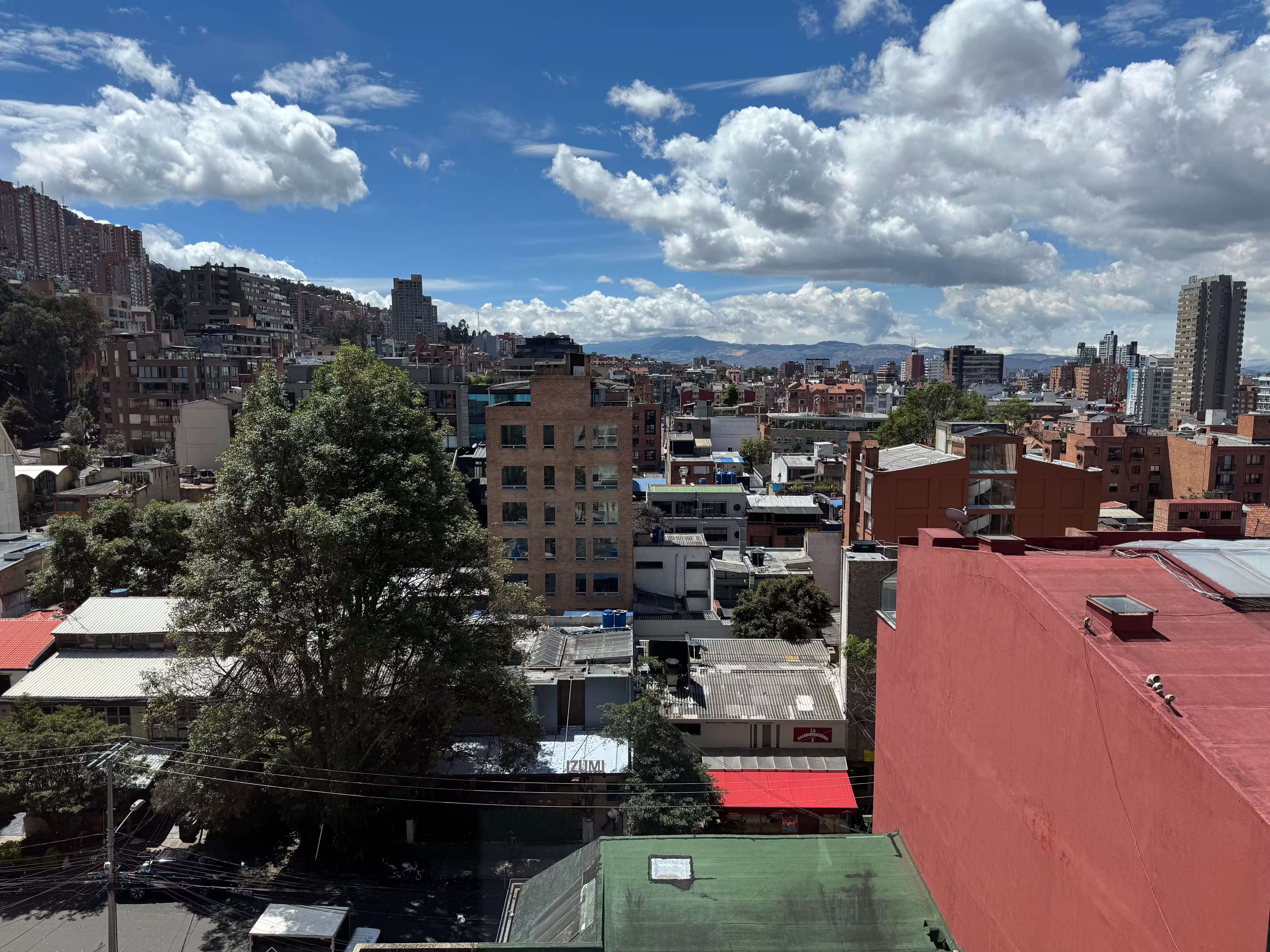SAF decided to quantify the actual improvement of backing up high-capacity E-band link with a lower frequency band which is more resistant to rain fading. This came along with long-term testing of our native dual-band solution. The description of this venture is presented in this article.
Multiband or multicarrier backhaul links combine multiple channels at different frequency bands over a single radio hop to boost reliability and capacity. Increasing demand for such deployments is directly related to 5G infrastructure development in many parts of the world. 5G is being implemented in dense urban areas, as well as in suburbs. Traffic requirements pushed the limits for the existing traditional microwave links like 11 or 18 GHz. Thus, adding E-band with its wide channels was an optimal choice, backed up by the lower frequencies also available during heavy rainfalls.
SAF Tehnika has tested their own dual-band solution, combining 18 and 80 GHz on a single antenna (see figure 1). The test link was 2.33 km long and endured multipath and rain fading events over the course of 6 months from July to December. The precipitation intensity in the area of operation is estimated by ITU rain rate database as 26 mm/hr exceeded for 0.01% of time (also known as ITU Region E).

Antenna alignment didn`t occur without hiccups. While it was relatively easy to obtain theoretical level of the 18 GHz signal, the E-band caused some difficulties due to narrow antenna half-power beamwidth. Initially obtained signal was far from the theory, which appeared to be because of alignment towards a sidelobe. Patience during antenna sweeps by small angle increments allowed to eventually reach the main lobe with acceptable signal levels within 3 dB field margin. Please refer to the main radio parameters of both systems summarized in table 1.

Weather report has been also recorded during that period to make additional conclusions about different atmospheric conditions affecting each of the bands. For instance, the effect of heavy fog was noted in the case of both frequencies, although to a different extent: while causing only slight received signal degradation by 2-3 dB in 18 GHz, the 80 GHz signal was attenuated by 9-10 dB from the average value.
Collecting performance data and further analysis allowed to compare availability of each band`s individual throughput with the aggregated throughput of both. Data for a period of six months was extrapolated to annual figures which resulted in the graph (see figure 2) explicitly showing the improvement in terms of throughout availability of the dual-band solution. Including more robust 18 GHz, providing more than 2 Gbps with high availability (>99.99% annually), the dual-band was capable of delivering more than 12 Gbps of aggregated throughput for over 99.9% of the time.

Summing up the test results, it looks like the most obvious conclusion lies on the surface – a multiband system allows to increase available throughput by using the benefit of high-capacity rates at 80 GHz band and reliable performance of lower frequency bands during rain fading events. However, some other practical lessons have been learned during this case study including paying attention to the specifics of the dual-band antenna alignment. Moreover, using collected data, other relations could be noticed, and conclusions could be drawn. For example, comparing experimental availability results to the ones obtained with sophisticated software tools, e.g., “Pathloss” utilizing different ITU algorithms.





























